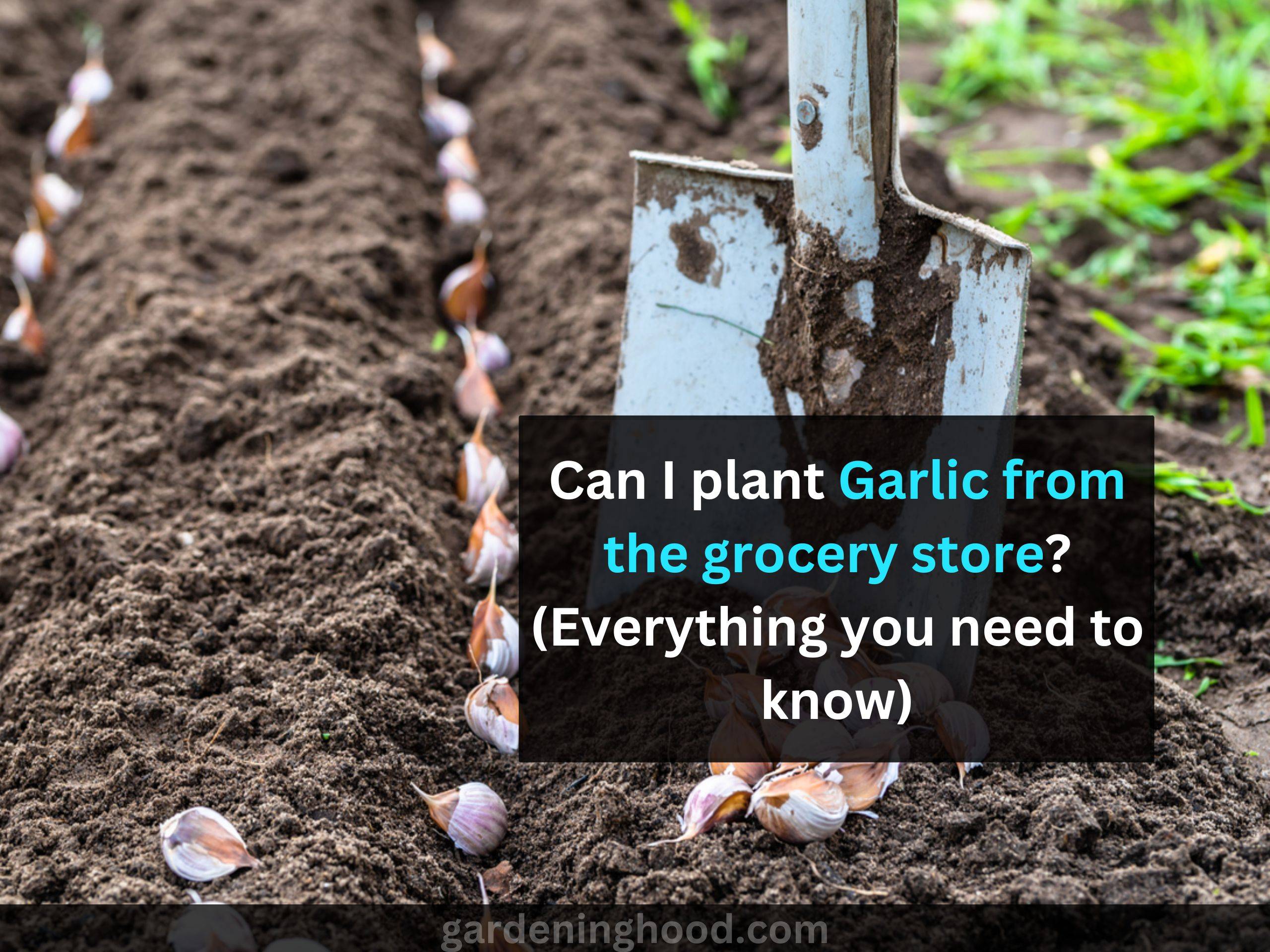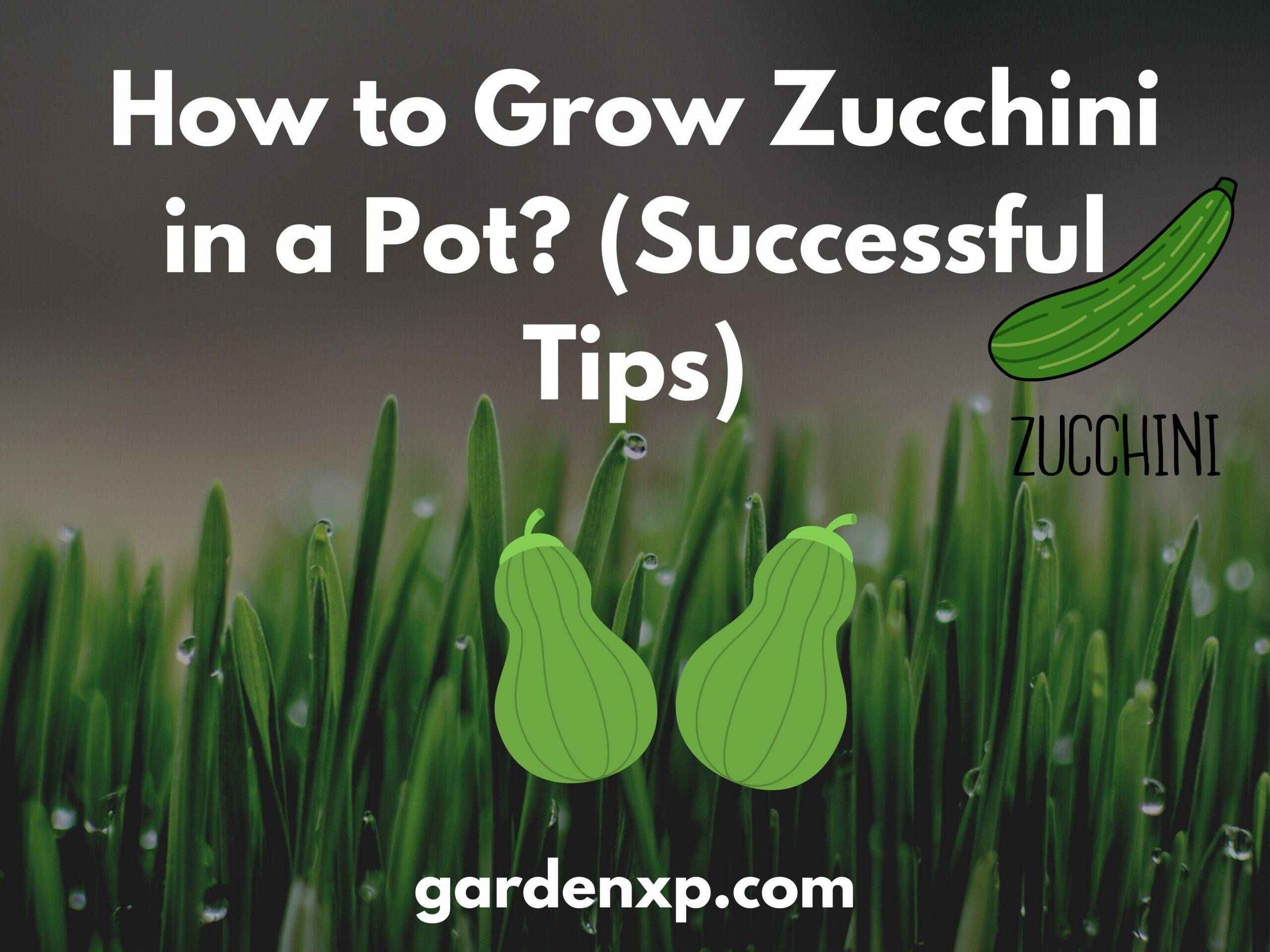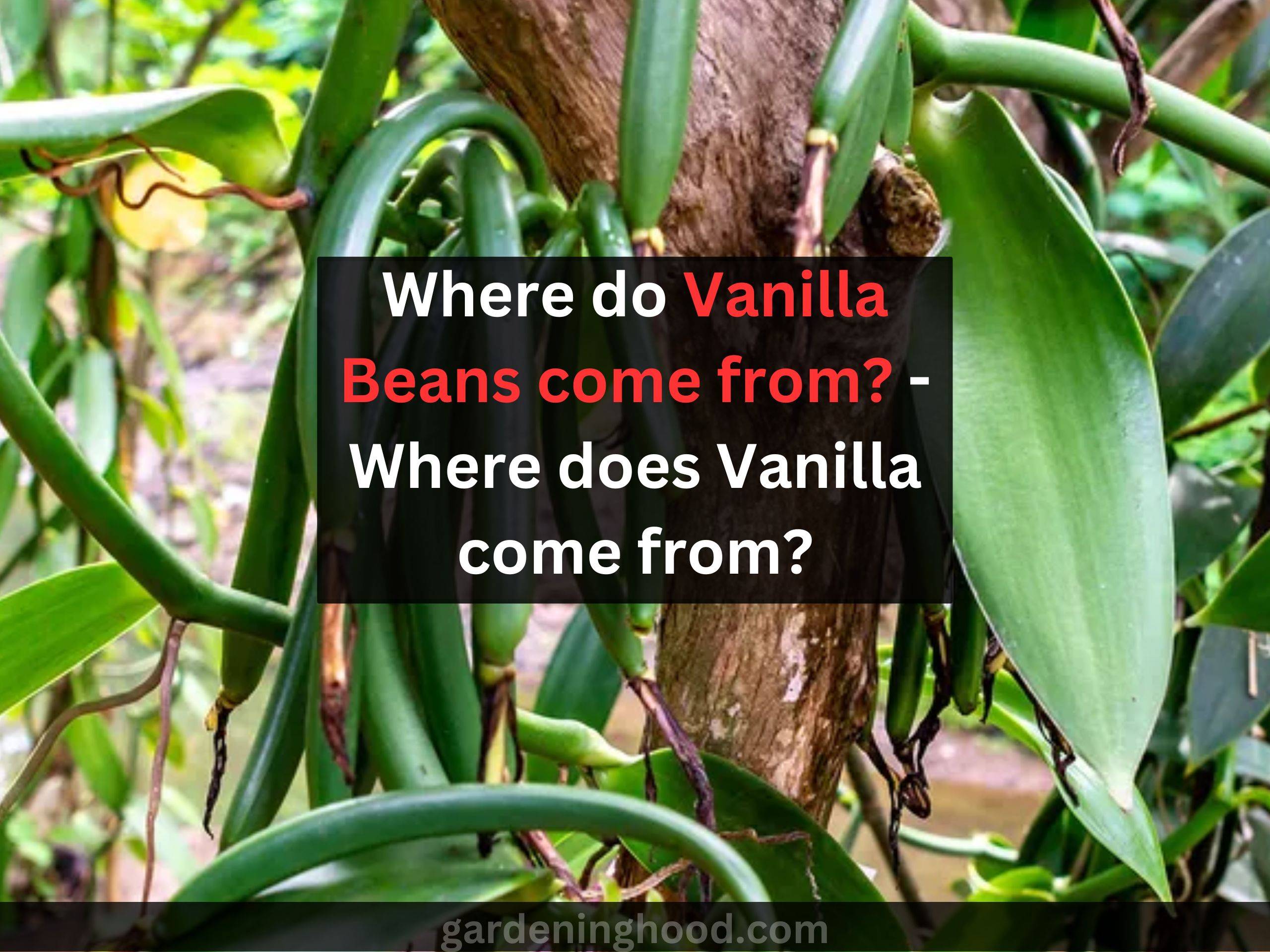Anthurium Propagation – How to Split and Divide Anthurium Plant?
Anthurium Propagation is the easiest way to regrow or enhance the growth of the Anthurium plant. What’s better than getting two plants out of one? The effort of all that going to the nursery again and buying anthurium looks too much for you and your money. Many times the anthurium plants overgrow your pot and need trimming. We would suggest you don’t go for trimming or pruning. In this article, you can know all about Anthurium Propagation, How to Split and Divide Anthurium Plant?
Make a wiser decision instead!
Choose splitting or dividing the anthurium if your plant is thriving, and healthy already. Propagating anthuriums is not that difficult with cuttings, seeds, root growths, or divisions. Flowers of Anthurium which are named ‘flamingo flowers’ are the real eye-catchers with their huge size and shiny foliage, making the space super attractive. These are from South America and thrive best in containers and indoors.
These perennials are epiphytic and are evergreen plants with flowers in the color red, yellow, white, and pink. I personally like the red ones. They grow in hardiness zones 10-12.
Splitting Anthurium Plants or Anthurium Propagation by Splitting
In the propagation of anthurium by splitting, you make use of the offshoots that are arising from the rhizome section and appear away from the main supporting shoots. These tiny growths tend to grow into a new plant. What’s greater than having more plants rather than visiting a nursery and spending money again and again!?
Next, take a sharp knife and carefully create a cut. You must wear protective gloves and eyewear so that calcium oxalate doesn’t cause you harm. The cut should be made at the connection between roots and connecting shoots. Split down the roots from the bottom of the stem. Take out the offsets.
Plant them into a pot with a good potting mix(half in the level of the pot) to the same level as it was before, and water them well.
Dividing Anthurium Plants or Anthurium Propagation by Dividing
Now for this way the preparation is similar to the splitting way for anthuriums. Have containers not too big with drainage holes, and have a good potting mix half-filled in pots, springtime is the best time to go for division, and remove the rotten roots if any.
Make sure the roots are well hydrated and the soil is moist so that the plant can come out easily while turning the pot. When the plant is out, look for the point where the offshoots are attached near the roots. For this portion, divide it into two halves from the middle by tearing with hands from between.
Now plant these in new pots having potting mix around them, bringing them to the same level as they were before. Water thoroughly.
This root division propagation method is the easiest of all methods. By using hands or sterilized knives or pruning shears you can successfully divide anthuriums.
Advantages of splitting and dividing Anthurium

- Can do it by yourself
- Easy ways to get multiple small plants to overgrown anthurium.
- Speedy ways of propagating a plant
- Much roots-related troubleshooting gets solved
Caring for Anthurium after splitting
- Keep hydrating the potted plants as anthurium needs a lot of water.
- Avoid getting dry by spraying them.
- They thrive well in humid air which is warm enough but not too hot.
- Don’t fertilize in the very beginning, we suggest you fertilize at least two months after a Repot.
- A high phosphorus supply should be there in fertilizer.
Caring for Anthurium after dividing
- The repotted plants should get humid environmental conditions
- Indirect sunlight will be beneficial and direct sunlight will dry them quickly and may cause harm.
- Keep the transplant moist.
Propagation of Anthurium by Stem cutting
Cut the stem from the upper portion of the plant, making sure that the leaves, petioles, and stem stay together in this tiny cut. You can propagate anthurium with stem cuttings for sure. Many times people can reach the rot portion or bringing the whole plant out is ‘too much for them.
Stem cutting can be used in this case. The stem cutting should have nodes or aerial roots. When you are planning to cut in a new pot, notice whether you have set the potting mix around them quite well and whether they are placed upright and not leaning down in any way. This is due to the top portion being heavy.
Another way of repotting while propagating anthurium by stem cutting is placing the stalk in a container having water. If you are choosing potting mix instead, the mix should contain orchid bark mix, peat, or perlite.
Caring for Anthurium plant
- The soil should be moist
- Keep checking for fungus or bacterial growth
- Cover the transplants or stalk them with plastic bags to avoid drying.
Propagation of Anthurium by seed
Propagating anthurium by seed is possible and quite ‘a task’, as the berries are required for this method, to harvest the seeds by pressing down the berries. Berries are produced by anthuriums in some defined conditions. Not all anthurium produce berries as proper pollination is needed.

If you have seeds of anthuriums, you can put them in the peat moss in trays so that they can germinate well. Provide a humid and warm environment to them until the seedlings appear which is about 7-14 days.
Repot the plantlet with moist drained soil with indirect sunlight.
Problems and pests
Spider mites, aphids, and mealybugs are some of the pests that affect indoor anthurium plants mostly. Using neem oil or insecticides can be effective in avoiding infection.
As they stay in moist conditions, they are more likely to get infected by the fungus and bacteria. This can also be due to overwatering or poor drainage.
Check this video for the process visuals.
FAQs
1. Where do you cut an Anthurium cutting?
You just cannot cut anywhere and make new plants from cuttings. It is important that the stem cutting should have a few leaves, and nodes and need to be cut below the node. A portion containing aerial roots is best considered cut to propagate anthurium, which is near the base of the main plant.
2. How do you transplant Anthuriums?
Turn the pot upside down and take the plant out. Try teasing the rootbound portion to release it. Transplant anthurium to a new pot with potting mix around using hands. Don’t use a firm grip, and be gentle with the plant.
3. Can Anthurium be planted in water?
Yes, you can plant anthurium in water but with some precautions, the whole cutting should be in the water, except the leaves do not always stay in the water. Long exposure to water will rot them down, they need to be moist but not flooded.
4. When should I transplant Anthurium?
The best time to transplant anthurium is when they are thriving and overgrowing the pot they are planted in. You can also look at the thickness of anthurium plants which should not be more than 5-6 inches.
5. Can we grow anthurium propagation from seed?
Anthuriums are one of the easiest plants to propagate from seed. Simply soak the seeds in water for a few hours or place them in moist sand or soil. They will germinate and grow within a few weeks. Once they are large enough, you can transfer them to a pot and grow them further.


